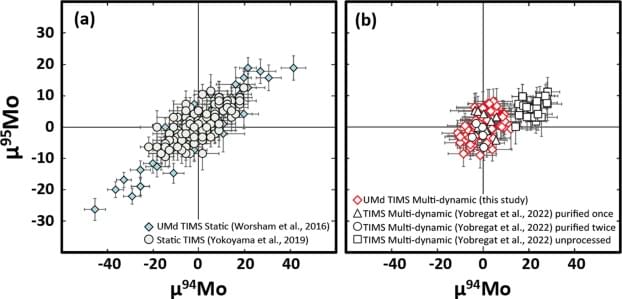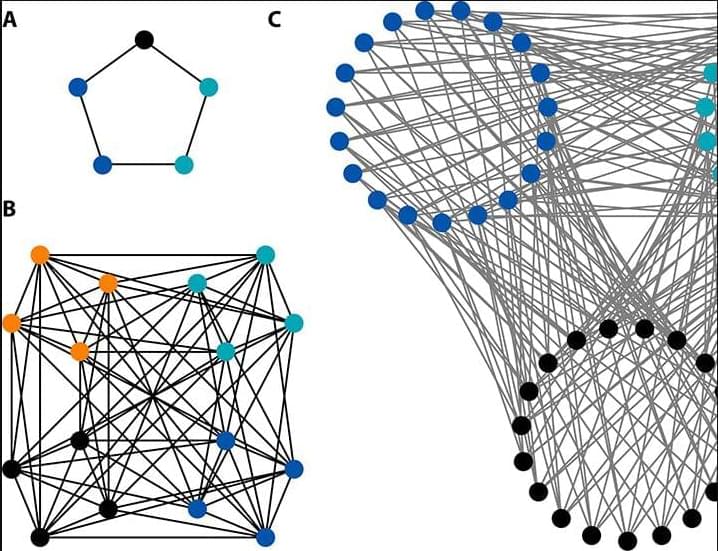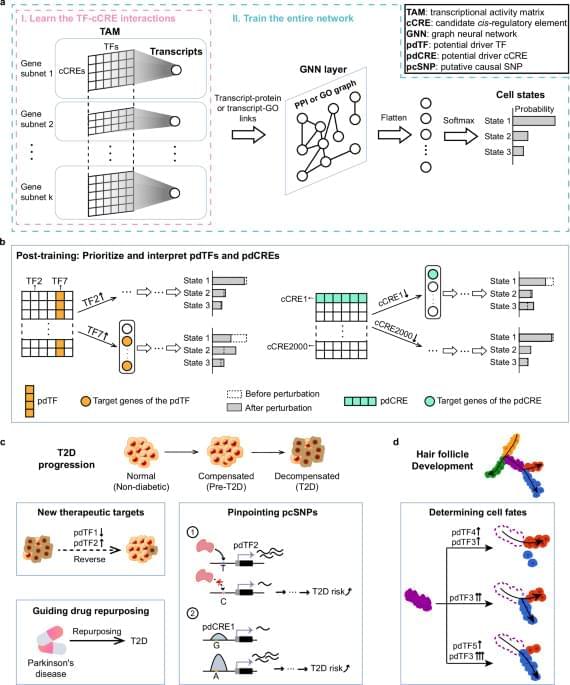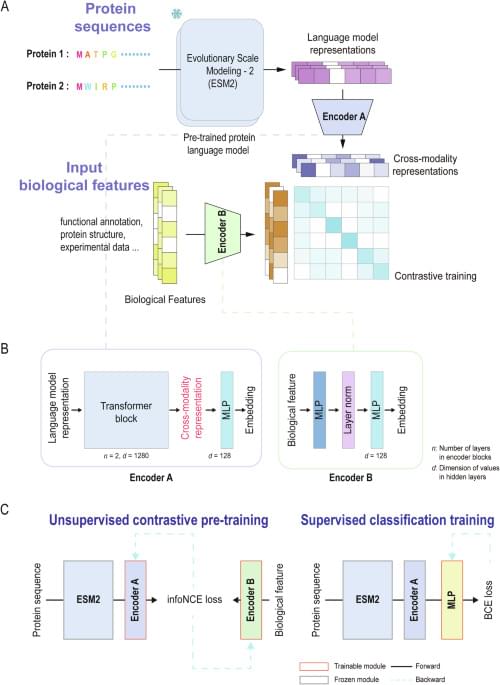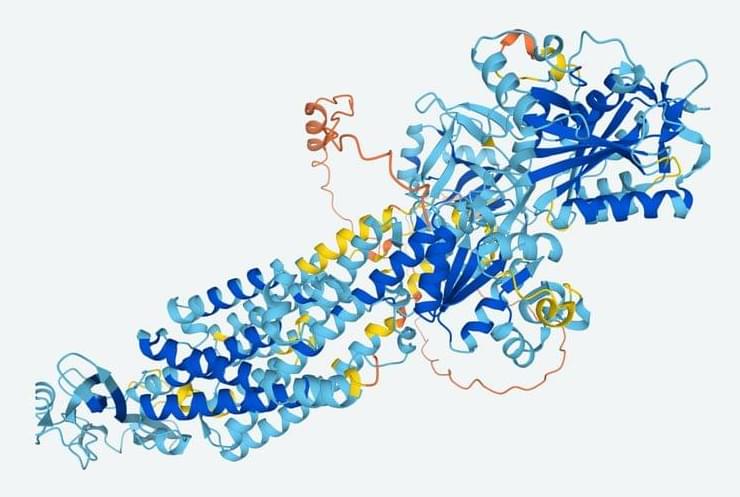Constraining the origin of Earth’s building blocks requires knowledge of the chemical and isotopic characteristics of the source region(s) where these materials accreted. The siderophile elements Mo and Ru are well suited to investigating the mass-independent nucleosynthetic (i.e., “genetic”) signatures of material that contributed to the latter stages of Earth’s formation. Studies contrasting the Mo and Ru isotopic compositions of the bulk silicate Earth (BSE) to genetic signatures of meteorites, however, have reported conflicting estimates of the proportions of the non-carbonaceous type or NC (presumptive inner Solar System origin) and carbonaceous chondrite type or CC (presumptive outer Solar System origin) materials delivered to Earth during late-stage accretion (likely including the Moon-forming event and onwards).
